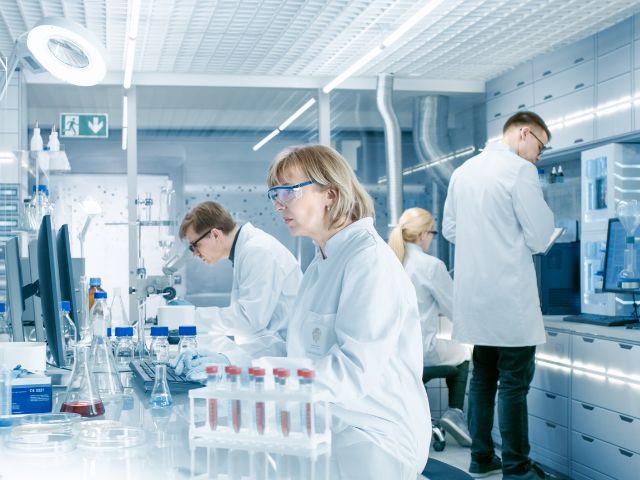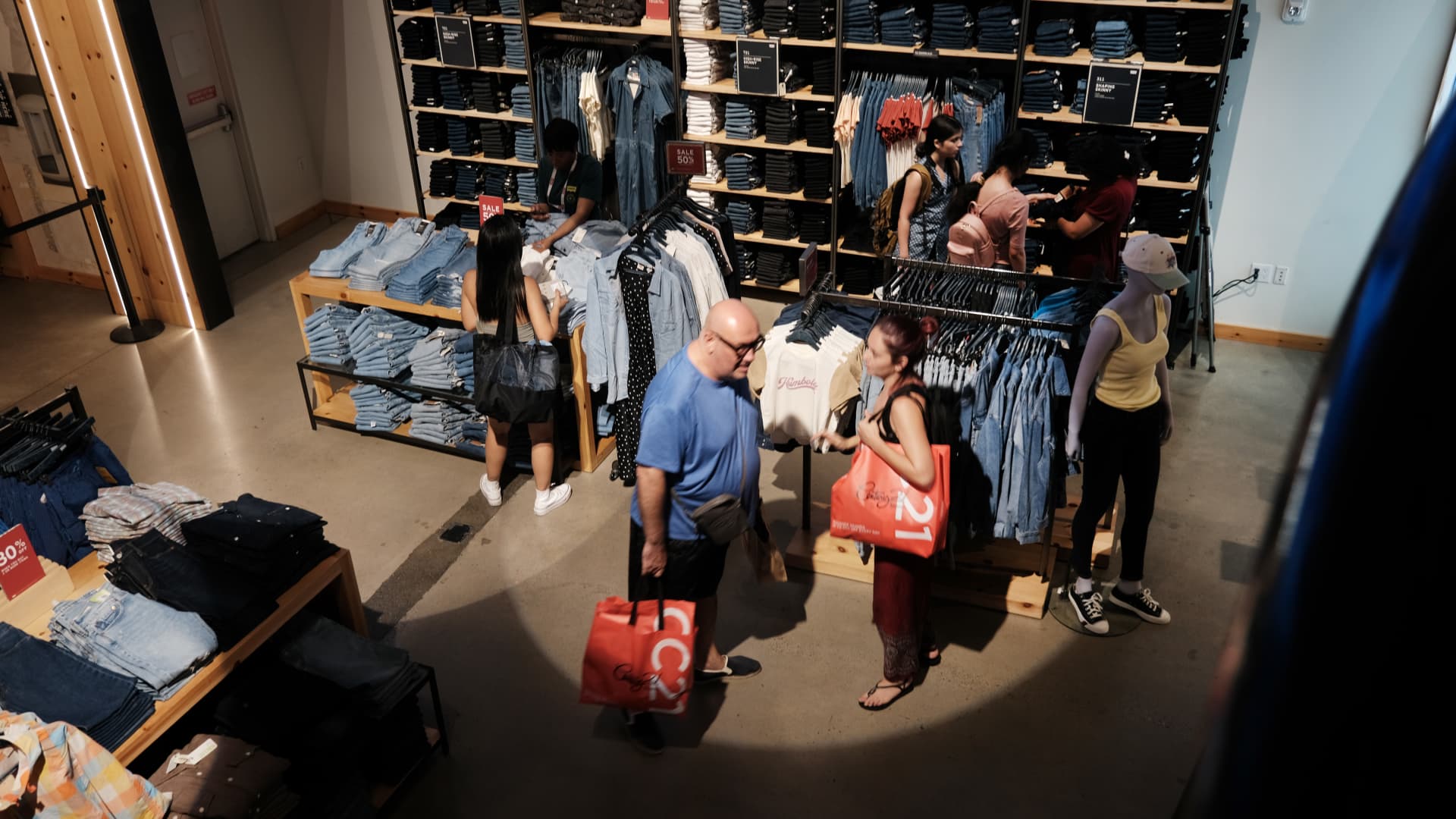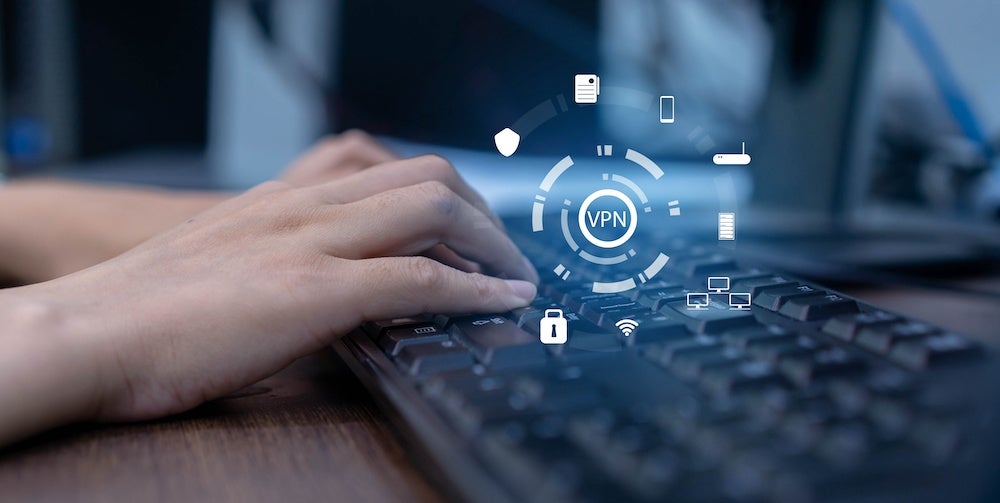

While it’s impossible to eliminate all inaccuracies in laboratories, you can prevent some issues. Learn about common laboratory errors you should know and how to stop them. Remember to utilize best practices in all lab settings.
Though it may seem like a small error, mislabeling chemicals can have severe consequences. A significant part of modern chemical storage practices is chemical segregation. When storing substances, don’t place incompatible chemicals next to each other.
If containers break, bad reactions can happen. For example, cupric sulfide and cadmium chlorate detonate on contact.
You must segregate chemicals into categories according to their specific hazards. The categories include flammables, corrosives, toxics, water reactive, pyrophoric, and oxidizers. This way, you can prevent unintended reactions.
Using the wrong statistical test is a laboratory error you should know. You will misinterpret your data if you form conclusions based on an incorrect analysis of your results.
If your experiment differs from your lab colleague’s, you need a separate statistical test. Determine your test during the experiment planning stage. If you’re unfamiliar with test options, consult an expert to ensure you choose the right one!
Human error is often a result of carelessness or preventable accidents. In particular, wearing lab coats outside the lab is an avoidable error. Sometimes, things can distract you as you’re performing experiments. Walking out of the laboratory to use the restroom, get supplies, or take breaks are regular occurrences.
Be sure to take off your lab coat. Outside germs contaminate gear and can affect your experiment. Ultimately, you don’t want bacteria to interfere with test results.
Have a coat hook near lab doors, so you can remember to take off and hang your gear.
Wearing eye protection is a basic yet major component of lab safety. However, some experienced scientists tend to neglect safety practices. Even if a substance is harmless, you still need eye protection. Accidents can happen in the lab, and you need protection.
Perhaps a beaker breaks, and glass flies everywhere. Without safety goggles, the glass can lodge into your eye. Don’t take risks! Stay on the safe side and always wear eye protection.
Instrumental errors are flaws or inaccuracies in the devices or equipment you use. For example, an instrumental error will likely occur if a piece of laboratory equipment is incorrectly calibrated.
To prevent instrumental problems from distorting your experiment and test results, pay attention to signs of potential damage, and replace or repair faulty equipment.
24World Media does not take any responsibility of the information you see on this page. The content this page contains is from independent third-party content provider. If you have any concerns regarding the content, please free to write us here: contact@24worldmedia.com

Digital ad market on mend as Meta, Alphabet, Snap show faster growth

Gabriel Magalhaes to sign new Arsenal deal

Microsoft Security Vulnerabilities Decreased by 5% in 2023

Economy increased at a 1.6% rate

Get a Lifetime Subscription of FastestVPN for just $40

Man Utd & Chelsea keeping tabs on 21yo Bundesliga star

Google search boss Raghavan warns employees of ‘new operating reality’

The World’s Top-Grossing Language Learning App is Only $150

Chelsea want to negotiate terms for Victor Osimhen deal

Wall Street analysts pick these 3 dividend stocks for higher returns